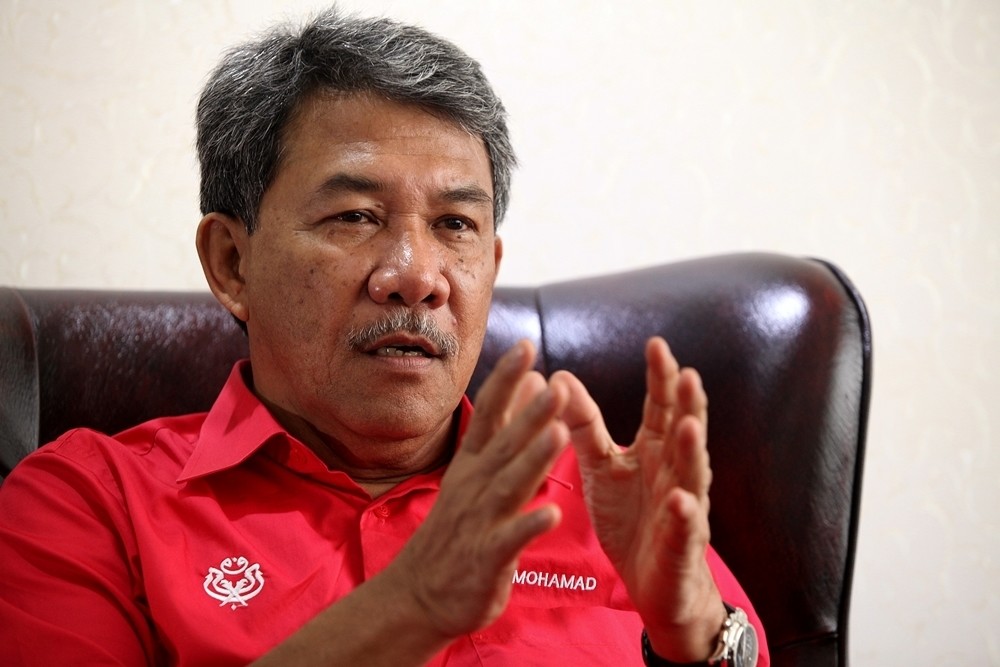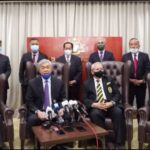EKONOMI Malaysia dilaporkan menguncup sebanyak 17.1% pada suku kedua tahun 2020 akibat kesan langkah-langkah pembendungan yang ketat bagi mengawal pandemik COVID-19.
Walaupun penyusutan ini paling buruk sejak 1998, namun ekonomi Malaysia mula memaparkan tanda-tanda awal pemulihan sejak bulan Mei berikutan pembukaan perniagaan secara beransur-ansur.
Prospek pemulihan berbentuk lekuk-V disokong oleh peningkatan semula penunjuk utama seperti perdagangan borong dan runcit, perbelanjaan kad kredit, pengeluaran perindustrian, Indeks Pengurus Pembelian (PMI) perkilangan dan eksport kasar.
Berita ini memberikan harapan optimistik kepada rakyat Malaysia. Struktur ekonomi negara masih berdaya tahan. Persekitaran perniagaan masih berdaya maju. Rakyat Malaysia masih berdaya saing.
Malah, negara kita berada pada landasan yang kukuh ke arah pemulihan berasaskan pelaksanaan pakej rangsangan yang efektif dan usaha setiap rakyat Malaysia untuk membendung penularan pandemik.
Namun, kita perlu mengamalkan kesederhanaan dan kebijaksanaan dalam menyeimbangkan agenda pembendungan penularan wabak dan usaha pemulihan ekonomi. Langkah-langkah pencegahan sedia ada perlulah tidak terlalu ketat sehingga proses pemulihan ekonomi terbantut.
Usaha mestilah tertumpu untuk mendidik rakyat dan mengurangkan pengeluaran mesej yang menimbulkan reaksi panik. Binalah semula keyakinan rakyat, pengguna dan pelabur supaya ekonomi dapat dihidupkan semula. Beberapa langkah berikut wajar dipertimbangkan.
Pertama, Kerajaan Malaysia perlu mempertimbangkan cadangan pengurangan sementara cukai korporat, terutamanya untuk perusahaan kecil dan sederhana (SME).
Langkah ini penting untuk mempercepat pertumbuhan pelaburan swasta. Sentimen pelaburan sedia ada yang lemah akan membantutkan potensi pengembangan perniagaan, lalu menghimpit penciptaan peluang pekerjaan baru.
Untuk meringankan beban cukai ke atas rakyat yang paling terkesan, pelepasan cukai individu khas one-off sebanyak jumlah yang berpatutan perlu dipertimbangkan untuk pembayar cukai dalam banjaran pendapatan bercukai rendah dan menengah.
Kerajaan Malaysia juga patut mempertimbangkan cukai kekayaan dan cukai warisan harta bagi mengatasi kejatuhan dalam hasil cukai. Di samping meningkatkan sumber pendapatan dan menjamin kestabilan kewangan negara, kedua-dua cukai ini dapat membantu mengatasi masalah kesenjangan kekayaan.
Kedua, Kerajaan Malaysia perlu mempertimbangkan pembukaan semula sempadan antarabangsa secara berperingkat dan teratur. Langkah pembukaan semula sempadan akan memacu aktiviti ekonomi, memudahkan pergerakan tenaga buruh dan membantu menangani masalah pengangguran.
Industri tempatan terutamanya sektor pelancongan dan pendidikan tinggi tidak dapat bertahan dengan sokongan pasaran domestik semata-mata. Penyambungan semula aktiviti ekonomi rentas sempadan adalah strategi penting untuk meningkatkan permintaan dan pengeluaran.
Sehubungan itu, pembukaan sempadan antarabangsa akan menfasilitasikan perdagangan antara negara-negara yang terlibat yang akhirnya akan mewujudkan limpahan ekonomi ke pelbagai subsektor.
Ketiga, negara-negara anggota ASEAN perlu meningkatkan kerjasama ekonomi serantau untuk memacu pemulihan ekonomi bersama-sama. Trajektori pertumbuhan serantau perlu diteliti semula agar lebih berdaya saing, berketerangkuman dan dipandu oleh teknologi digital.
ASEAN perlu merangsang ekonomi serantau dengan mengurangkan sekatan perdagangan yang dikenakan semasa pandemik serta berusaha untuk memuktamadkan perjanjian Kerjasama Ekonomi Komprehensif Serantau (RCEP).
Kesimpulannya, langkah-langkah menghidupkan semula ekonomi di atas bersama dengan keberkesanan rangsangan ekonomi akan menjadi kunci utama dalam memastikan ekonomi Malaysia dipulih dan dilonjakkan secepat mungkin.
Dato Seri Utama Mohamad bin Haji Hasan
Timbalan Presiden UMNO
Ahli Dewan Undangan Negeri (DUN) Rantau







